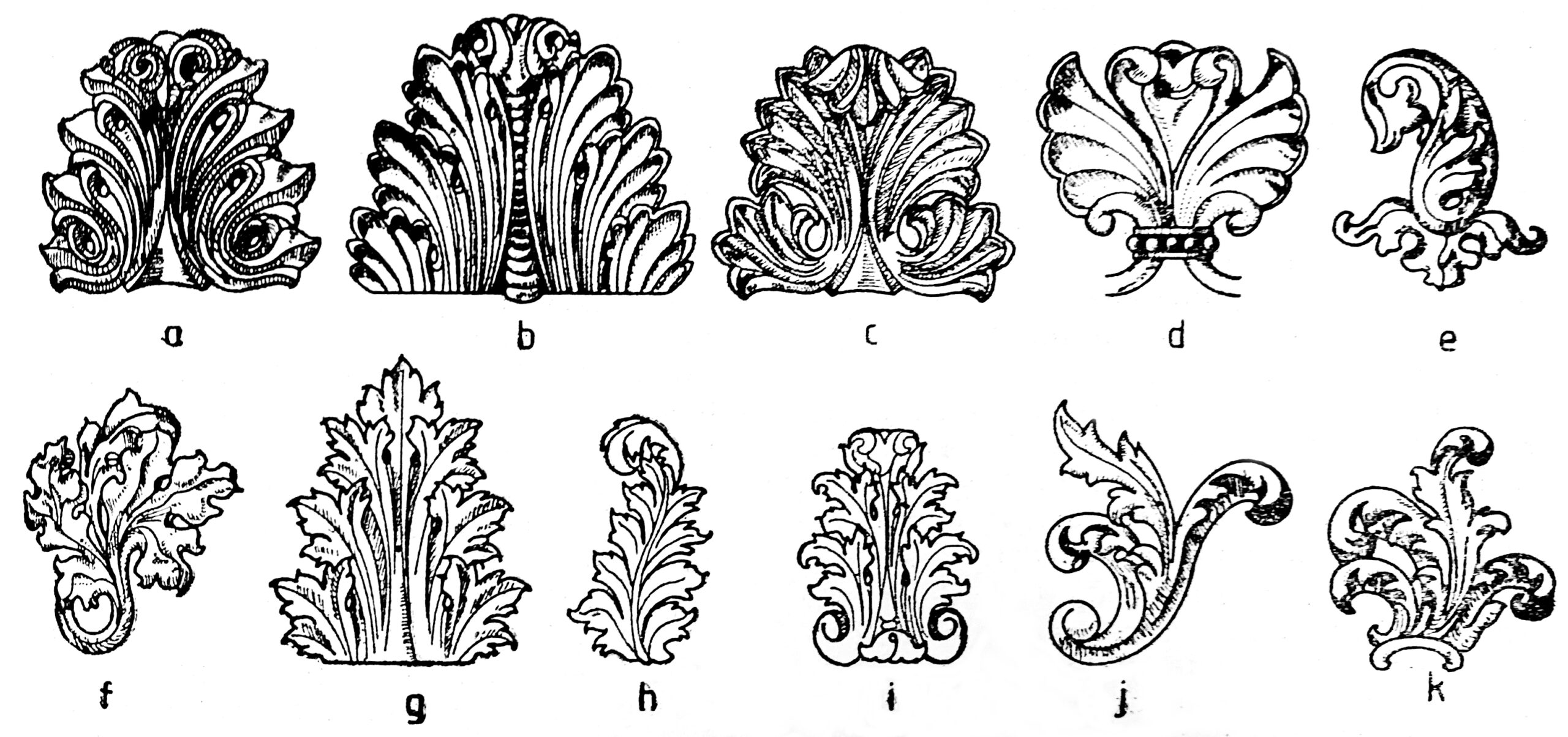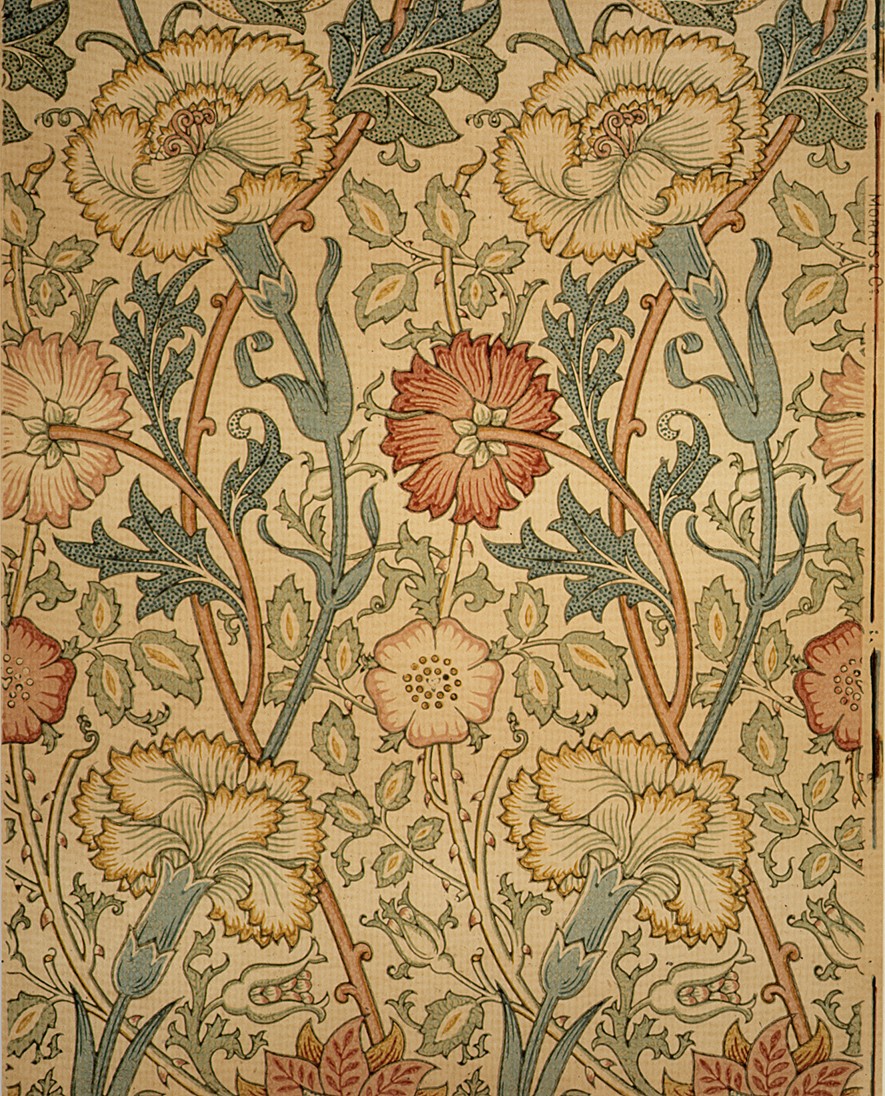
Acanthus has been part of both gardens and design since ancient the time of Ancient Civilizations:

Image Credit: The Met
Marble pilaster with acanthus scrolls
Roman –
Image Credit: The Met
Marble corner acroterion with acanthus scrolls
Roman –
ACANTHUS.—The Acanthus was a favourite plant amongst both the Greeks and Romans, who employed it for decorative purposes: its leaves form the principal adornment of the Corinthian capital, which was invented by Callimachus.
Legend of the Acntha Plant
“How the idea was suggested to the architect is told us by Vitruvius. A young Corinthian damsel fell ill and died. After her interment, her nurse gathered her trinkets and ornaments into a basket, and lest they should be injured by the weather, she covered the basket with a tile, and placed it near her young mistress’s tomb over the root of an Acanthus, the stalks and leaves of which burst forth in the Spring, and spreading themselves on the outside of the basket, were bent back again at the top by the corner of the tile. Callimachus happening to pass by, was charmed with the beauty and novelty of this accidental arrangement, and took from it the idea of the Corinthian chapter.
“Both Greeks and Romans made use of the Acanthus mollis in the form of garlands, with which they adorned their buildings, their furniture, and even their clothing.
“Theocritus speaks of a prize cup as having “a crust of soft Acanthus.”
“Virgil narrates that the plant formed the basis of a design embroidered on the mantle of Helen of Troy; and tells us that the handles of Alcimedon’s cup were enwreathed with what he elsewhere terms “Smiling Acanthus.”——
“Old English names for this plant were Brank-ursine and Bear’s-breech.——
“Acanthus is stated by astrologers to be under the dominion of the Moon.” Folkard

Timeline of the Acanthus in Design
Image Credit: Wikipedia
a) Ancient Greek 1200 – 323 BCE
b) Ancient Roman 1st Century – 5th BCE
c) Byzantine 300 – 400 CE
d) Romanesque 1000 – 1150 CE
e & f) Gothic 12th Century to 16th Century CE
g) Renaissance15th Century to 16th Century CE
h & i) Baroque16th Century to 18th Century CE
j & k) Rococo mo 1700s
During the late 1800s, William Morris and other members of the Art Nouveau Movement reinvigorated elements of classical design. William Morris created several designs based on the Acanthus plant:
Image Credit: The Met
Pink and Rose|
Designer William Morris British
Manufacturer Morris & Company|
Printer Jeffrey & Co. British ca. 1890
“Art Nouveau, style of art that flourished between about 1890 and 1910 throughout Europe and the United States. Art Nouveau is characterized by its use of a long, sinuous, organic line and was employed most often in architecture, interior design, jewelry and glass design, posters, and illustration. It was a deliberate attempt to create a new style, free of the imitative historicism that dominated much of 19th-century art and design. About this time the term Art Nouveau was coined, in Belgium by the periodical L’Art Moderne to describe the work of the artist group Les Vingt and in Paris by S. Bing (byname of Siegfried Bing), who named his gallery L’Art Nouveau. The style was called Jugendstil in Germany, Sezessionstil in Austria, Stile Floreale (or Stile Liberty) in Italy, and Modernismo (or Modernista) in Spain.” Britannica
Walter Crane was an illustrator influenced by Art Nouveau:
Discover more from Jacki Kellum
Subscribe to get the latest posts sent to your email.